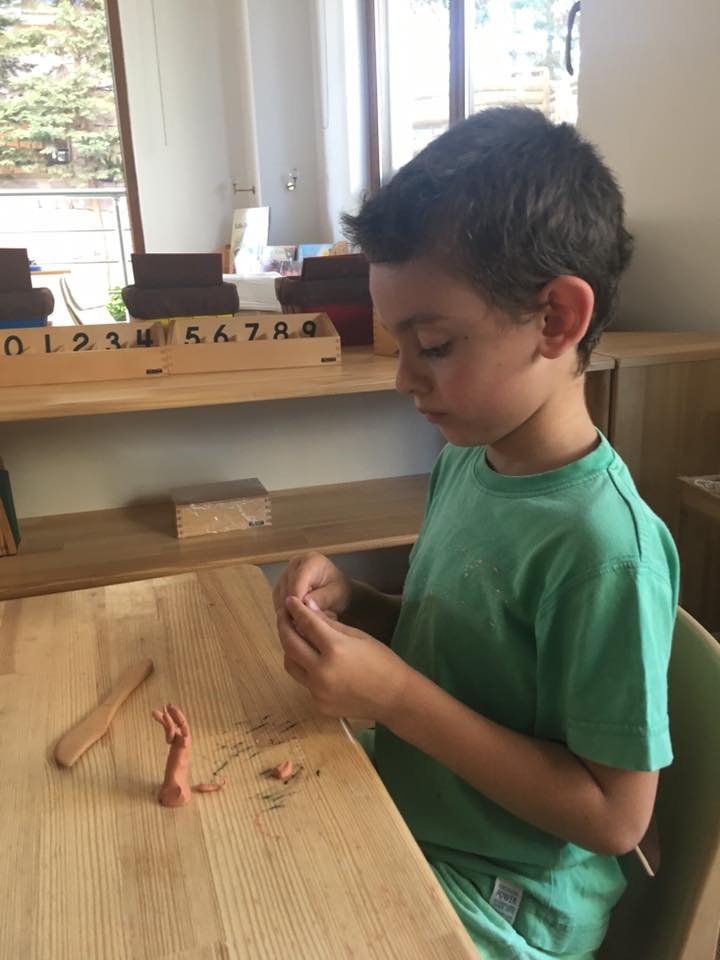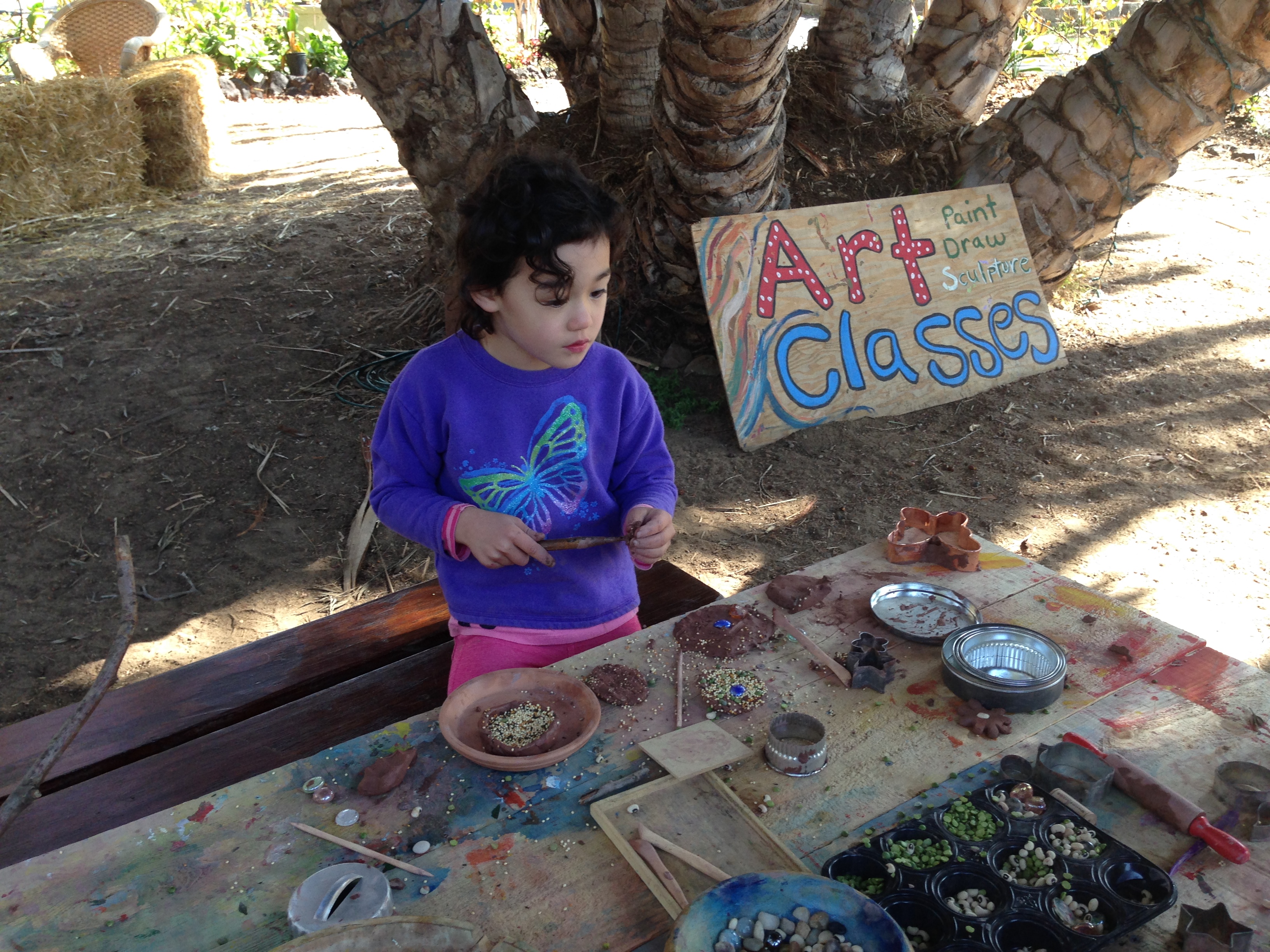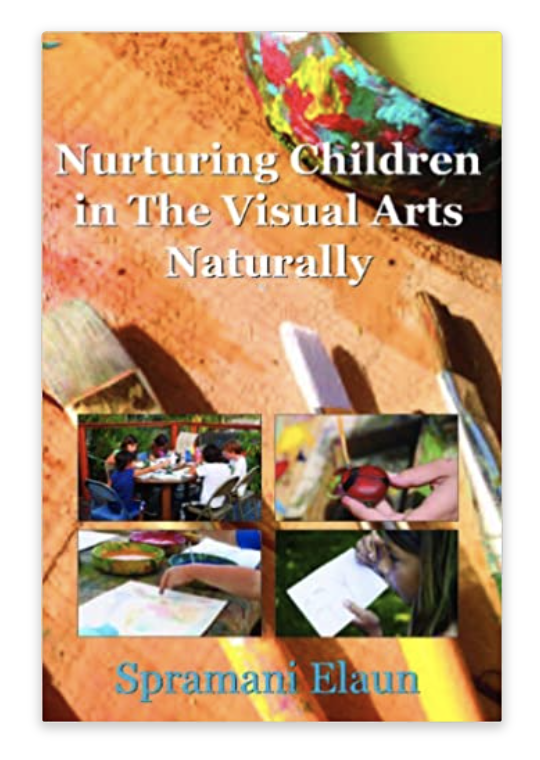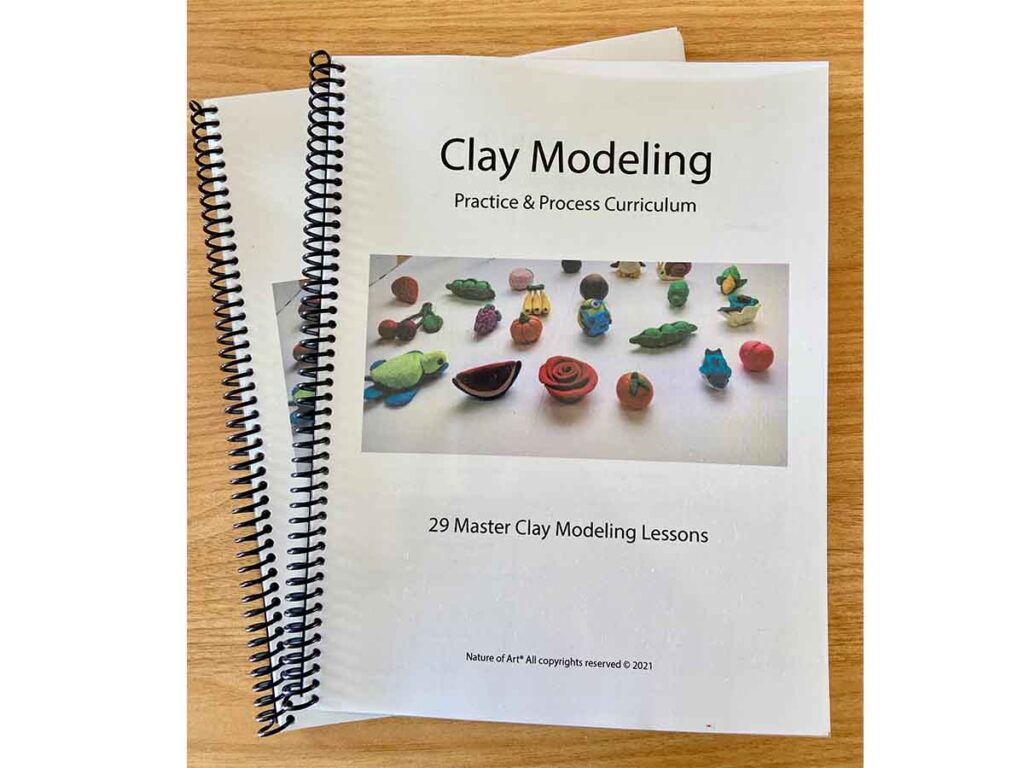By Spramani Elaun
As an art teacher and homeschool mom, I spend a significant amount of time with children, observing them play and engage in art projects. Over the course of thousands of hours spent watching children, I have noticed the behaviors that spark creative new ideas as they explore.
I want to share some advice to help you create these types of spaces for children to lead into exploratory, discovery types of activities. These are key things I noticed need to be in place to lead children into this kind of play or work.

Providing the Space for exploration and discovery:
The first step we can take to promote this type of learning is to set the stage for this crucial play. Offering a space where children can engage in various activities, whether it’s a dedicated room, table, or area within schools or homes. By granting children the freedom to explore environments conducive to creative discovery, it becomes more likely to occur. Reflect on the spaces where children have the opportunity to explore and experiment.
Here’s an example of what I mean:
I set up a table for my son to have a dedicated space for building with Legos. I organized bins that held all his Legos and the necessary tools. This tinkering area was allowed to remain out, serving as a place for him to experiment with different structures. I prioritized the process over constantly worrying about maintaining a tidy house.
Another instance involved providing my daughter with a sewing and knitting area. I ensured she had easy access to yarn and tools in a comfortable space to either start new projects or store ongoing ones. The objective was to create a conducive environment for such creative work. While emphasizing organization, I aimed to maintain a playful atmosphere for experimentation and the luxury of leaving projects out to revisit. My daughter had the freedom to unleash her creativity, innovate, and craft new ideas. The room and space were dedicated to nurturing these projects.
As an art school, my art room was equipped for open experimentation with all the tools, mediums, and materials required for creation. Allowing children to take the lead in trying out ideas and engaging in various experiments. Even my very young students were provided with the necessary space to experiment, explore, and discover what comes next, thanks to the well-prepared environment for such activities.
Make time for exploration and discovery:
One of the important lessons I’ve learned as an art educator is that while we cannot force discovery and tinkering, we can allow ample time for children to experiment and try things out. Which inevitably leads to curious explorationa and discovery time.
Children who are rushed through programs cannot truly experience experimentation. Therefore, allocating sufficient time segments is essential. Establishing regular time for experimenting and exploring ideas holds significant importance. Hence, it’s important to incorporate healthy time segments for experimentation. I frequently engage with teachers who mention they only have 15 minutes for children to learn art. I strongly believe this timeframe is inadequate for meaningful learning. Learning should not be hurried. Strive towards creating appropriate timeframes for discovery to unfold.

Be Open to Exploratory Ideas:
It’s important to be open to students trying things their way occasionally, instead of always directing them. In an ecosystem where teachers and parents face deadlines to cover concepts, we can sometimes overlook valuable learning opportunities. Allowing children to generate ideas and find solutions to problems is one such opportunity. In fact, I’ve observed that this approach consistently leads children to invent or design something novel. While you may already know how to do something or how a lesson should conclude, being rigid in your approach could hinder a child from discovering something new. Stay open to the process and avoid being too focused on the expected learning outcomes.
Avoid Immediately Telling Students the Expected Results: One common issue I often observe while watching teachers interact with their students is the tendency to reveal the expected outcomes before allowing the students to experiment and discover on their own. For instance, it’s common to hear teachers informing their students that by mixing two primary colors like yellow and blue, they will achieve green, without giving children the chance to explore primaries and witness the results firsthand. Similarly, in scientific experiments, parents and teachers sometimes dictate the desired outcome to the children, robbing them of the opportunity for genuine curiosity about what might unfold because they have been pre-informed of the expected result.
By adopting an “I wonder and notice” approach to scientific exploration, you can refrain from prematurely providing students with the expected results, fostering a more engaging learning environment. I frequently apply this methodology in my art classes by introducing mediums in an exploratory manner, allowing children ample time to experiment, observe the outcomes, engage in discussions, and later progress to more structured lessons based on their discoveries.
Provide Process-Based Activities For Discovery:
Offer activities centered around the process itself rather than solely focusing on the end results. Process-based activities are inherently experimental, allowing time for exploration without fixating on a predetermined outcome—a truly open-ended approach. By leaving the results open-ended, children have the freedom to draw their own conclusions from their experiments and even veer into alternative focuses or directions within the activity. Process-based learning lies at the heart of experimental and discovery-based education. To delve deeper into understanding process-based art, explore this blog. Learn more about process-based art here.

In Summary:
I’ts important to recognize that exploration holds equal importance to attaining predictable outcomes or answers. To allow a child’s inner creativity to flourish, genuine opportunities for self-discovery must be within reach. The 3 C’s serve as pillars to assist children in cultivating their inner creativity and nurturing their imagination. These components significantly influence the development of creativity, imagination, and artistic abilities in a child. The 3 C’s my book (Nurturing Childen In The Visual Arts ) encompass curiosity, child-led exploration, and creativity.
Book Excerpts from Nurturing Children In The Visual Arts Naturally
“The 3 C’s, I believe, can help a child hold onto their inward creativity and supply imagination. Many ask me why my own children and students are so creative and how to make their children more creative? I get very nice compliments that I’m a very gifted teacher; well, I’m here to tell you my source of talent. I simply nurture the natural structuralism of the child, and provide the environment and opportunities to keep curiosity flourishing. The 3 C’s are my answer to what stimulates visual art creativity. These are the elements that mold creativity, imagination and artistic skills within a child.” All copy rights reserved © 2014, Spramani Elaun.
Actions To Help Promote Creative Art When Working With Children
1. Provide a variety of art materials: Offer a diverse range of art supplies such as paints, paintbruses, drawing supplies, collage materials, and 3D building materials. Having a wide selection accessable encourages experimentation and creative exploration.
2. Emphasize the process, not just the end result: Encourage your child to focus on the experimentation rather than the final outcome. Talk about their ideas, thoughts, and the decisions they make during the artistic process.
3. Encourage open-ended activities: Choose activities that have no right or wrong answers and allow for individual interpretation. For example, provide watercolor paper and paints and let your child freely explore their imagination without any predetermined instructions or restrictions.
4. Offer open-ended prompts: Give your child prompts that encourage imagination and creative thinking. For instance, ask them to create a picture of an imaginary creature. These prompts can inspire them and explore new possibilities.
5. Provide unstructured time: Allow your child uninterrupted time for creative play and exploration. Avoid imposing too many rules or instructions. This gives them the freedom to experiment, make mistakes, and discover their own solutions.
6. Create an inspiring art environment: Set up a dedicated art space at home with art supplies readily accessible. Display your child’s artwork proudly, creating a positive and encouraging atmosphere that celebrates their creativity.
7. Engage in art alongside your child: Be a role model by participating in art activities with your child. Show enthusiasm, curiosity, and a willingness to explore different techniques. This shared experience can inspire and motivate your child to embrace their own creativity. I loved when my mom colored coloring books with me, it’s my most found memory of her!
8. Foster a supportive and non-judgmental environment: Encourage your child to express themselves without fear of criticism or judgment. Let them know that their ideas and creations are valued, regardless of how they compare to others’.
Remember, the focus should be on the joy of creating, self-expression, and the process of exploration. Encourage your child to trust their instincts, take risks, and enjoy the journey of artistic discovery.
Spending time with children in the art room has truly been one of the most rewarding experiences I have ever had! Watching them figure out how to solve problems and create something new is both inspiring and empowering. If you enjoyed this blog don’t forget to sign-up for my weekly free art newsletter.
All rights reserved © 2023, Nature of Art®

No part of this blog may be used or be reproduced in any manner whatsoever including reproducing, publishing, performing, and making any adaptions of the work – including translation into another foreign language without written permission except in the case of brief quotations embodied in critical articles and reviews. Nature of Art® Publishing P.O. Box 443 Solana Beach, California 92075.




Pingback: Finger Paint & Painting Tips for Kinders and PreK, art teacher Spramani Elaun - EcoKidsArt.com()
Pingback: Process Art Making For Kids | EcoKidsArt.com Official Website For – Nature of Art For Kids® School & Art Store()